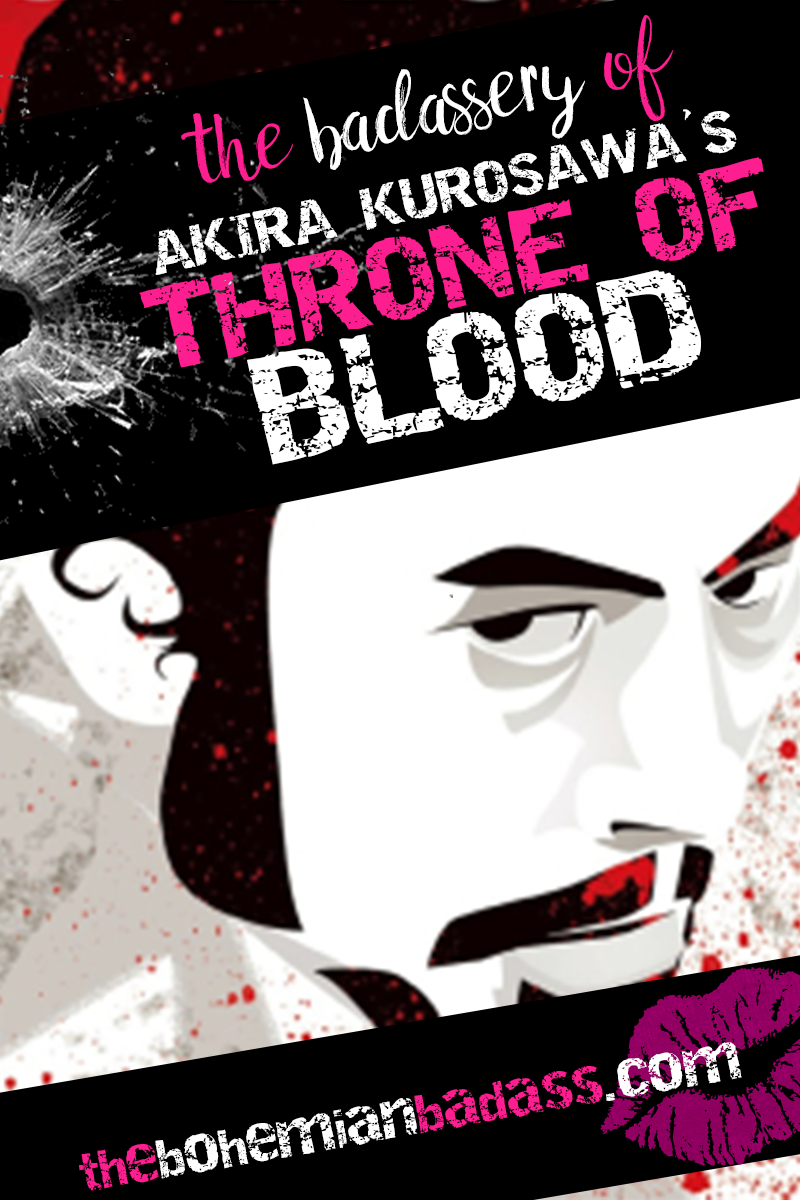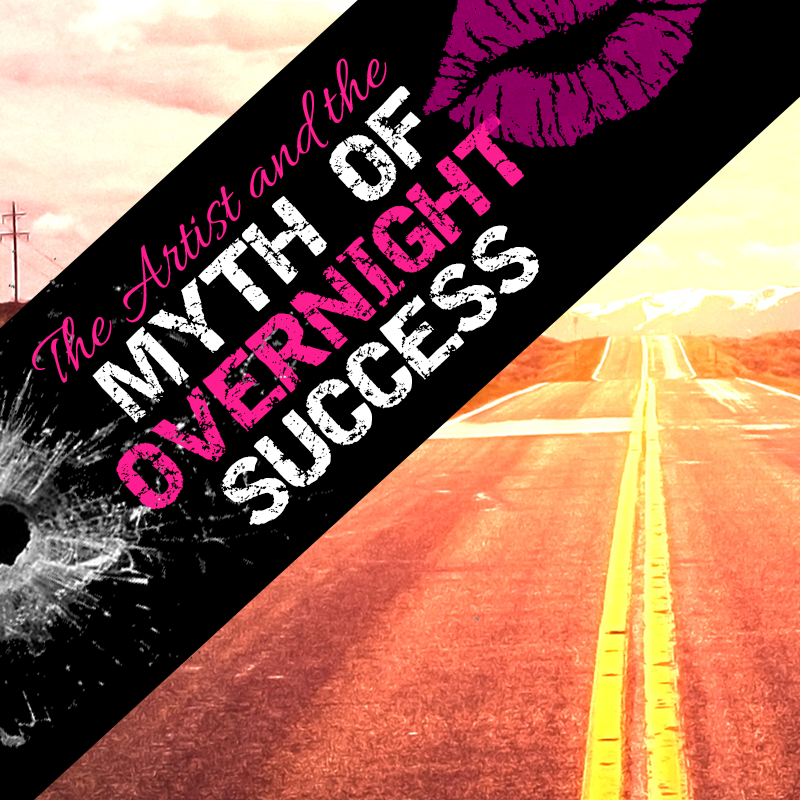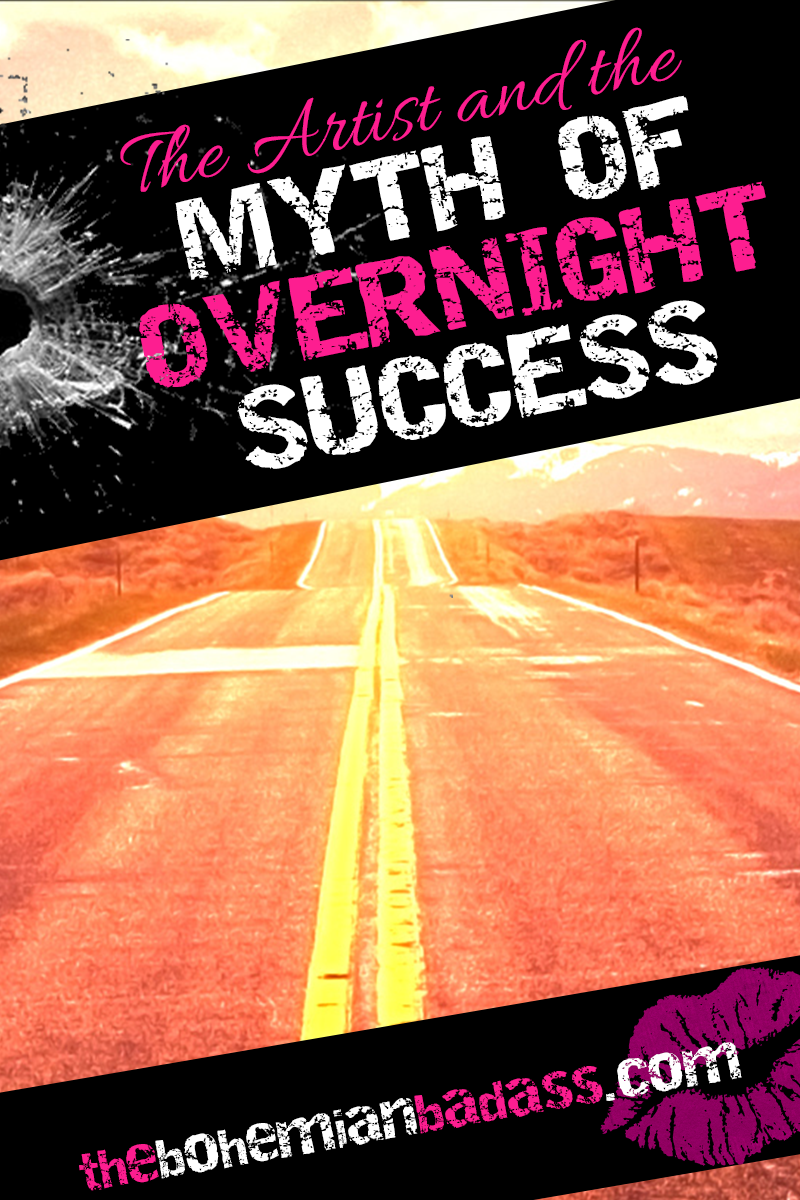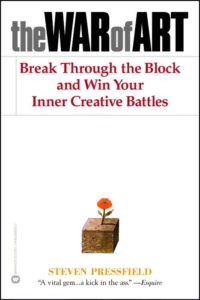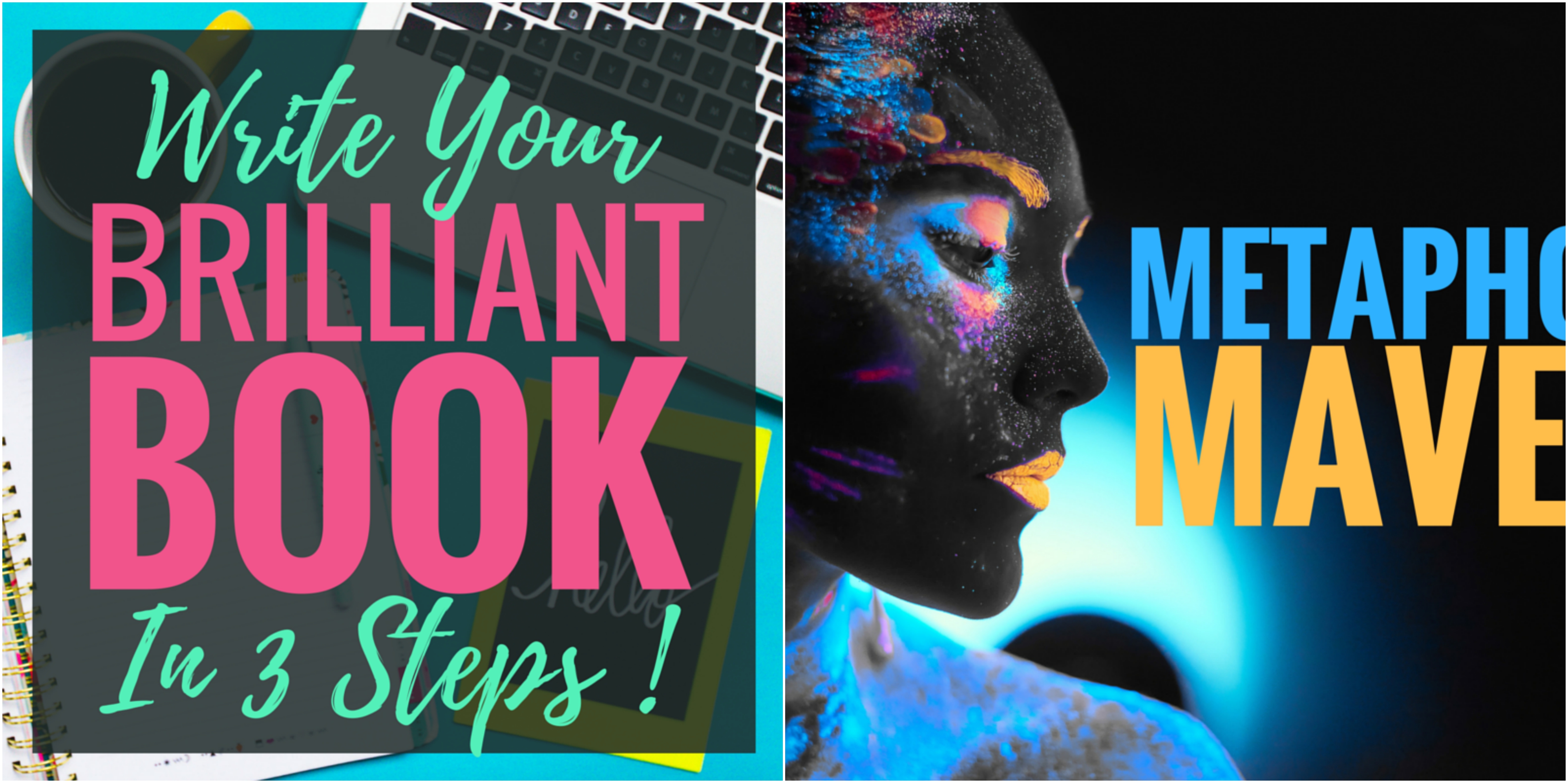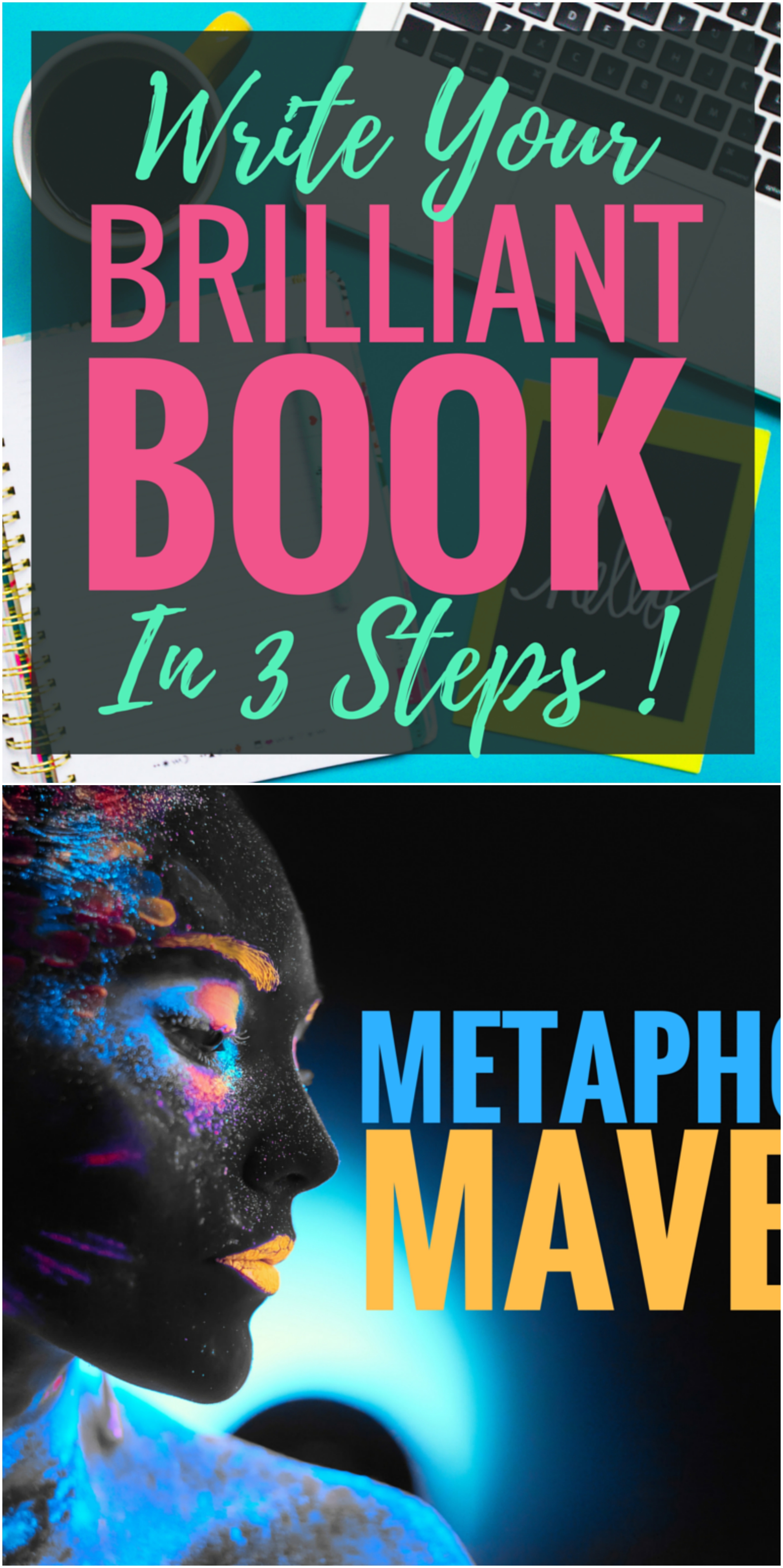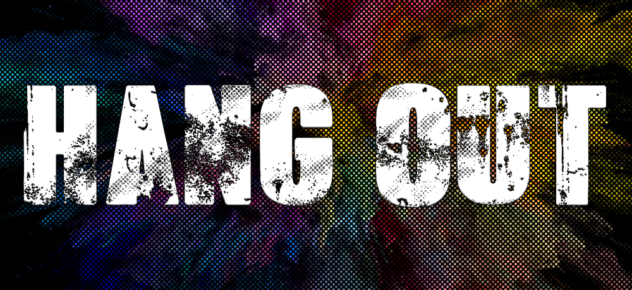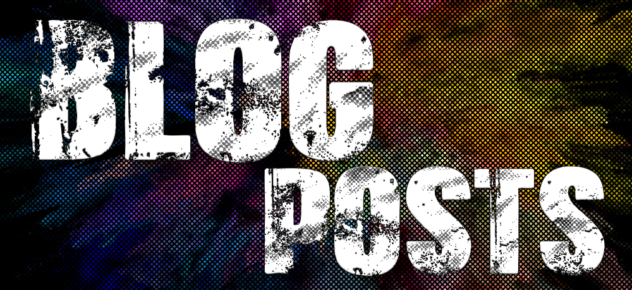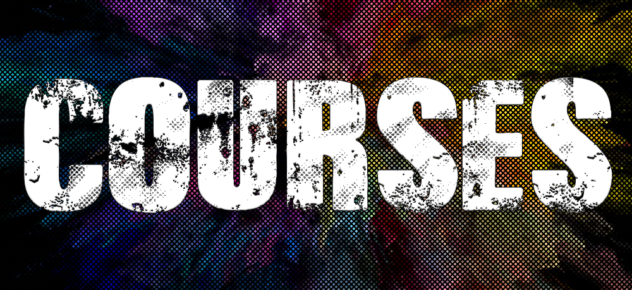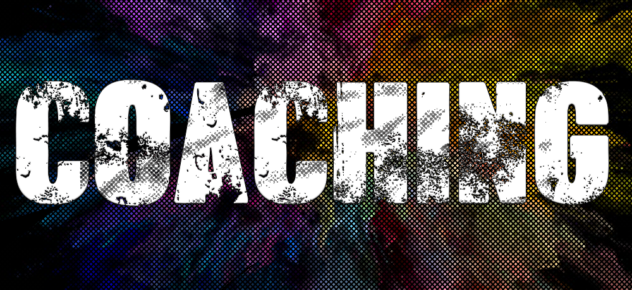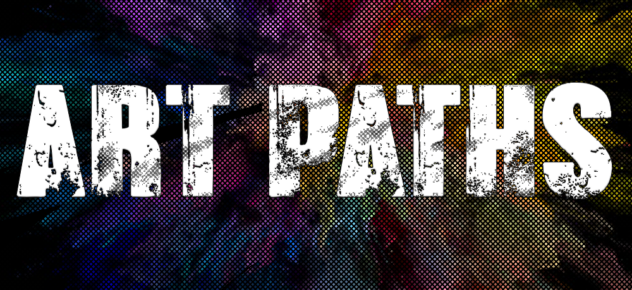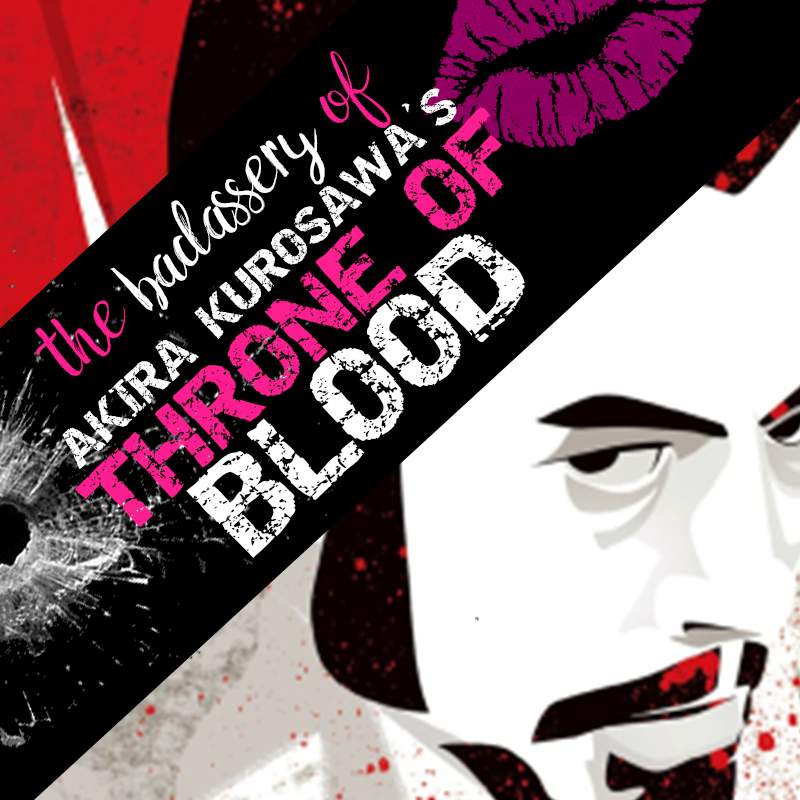
The Badassery of Throne of Blood by Akira Kurosawa: Macbeth in Translation
Okay, okay. So it’s kiiinda random that I’m talking about Throne of Blood out of the blue, but since I recently had to screen and then write a paper on it, I decided it’d be a GREAT opportunity to share my thoughts on it with you guys!
SO! CUT AND PASTE POWER, ACTIVAAATEE!!!
Just as a primer, Throne of Blood IS AMAZING. Really a top notch film adaptation of Shakespeare’s Macbeth and is highly recommended for all you aspiring screenwriters and filmmakers out there. I hope that my analysis of it will help you become a better filmmaker and also inspire you to become a Kurosawa fanatic, as I am. 🙂
ENJOY!
The Badassery of Throne of Blood by Akira Kurosawa: Macbeth in Translation
One thing I loved about Throne of Blood was that nature and the elements were a character that told a story all on their own. Kurosawa made sure to use the elements to create an incredible and also hyper-realistic mise-en-scene that really drove home the physical environment and conditions under which this feudal society lived. Our sheer powerlessness against things we cannot hope to control becomes a major theme in the movie, manifested in the far-reaching landscapes, the dark and towering mountains, the impenetrable fogs, the relentless winds, and the torrential rains that constantly beat down upon the characters with their limitless fury. These are forces that, ultimately, cannot be defeated by the wills of man but that must be weathered until they subside. The very futility of man trying to control his fate is not only embodied in the elements, but also in all of the songs sung throughout the film, which, in themselves sound like mournful winds.
The elements also became a force to be reckoned with as the characters struggled to find their ways through to their own destinies. This journey was manifested in the most obvious way when Captains Miki and Washizu literally got lost in the forest in which the evil spirit lived, which is just a more microcosmic foreboding of the tortured wandering that the two men (especially Washizu) will endure throughout the entire movie. The spirit used nature and the elements then to transform the world from a simple and bewitching mise-en-scene into one that stood as representative of entrapment, terror, and eternal haunting. It was she who did not allow the noble captains Miki and Washizu to leave the forest and head home to begin with; instead, she used nature and inclement weather to re-route them back to her hut, where she gave them the prophecy that would incite their ultimate doom.
Another wonderful thing about the use of nature and the elements, though, from a craft perspective, is that it allowed Kurosawa to compose some truly breathtaking and visually compelling images. In nearly every single shot there is movement, especially when we are looking at wide shots that compose man and nature together at the same time, as though both are physical characters. This is both visually exciting and emotionally resonant. In many other films, characters tend to travel through landscapes that seem rather tame and unruffled, with man as the dominant figure superimposing his own control over the world that lies before and beneath him. Kurosawa, on the other hand, bucks this trend, and through visual composition, he brings us back to the real and natural truth: that nature is wild, forceful, unstable, and untamable, and that man can barely hope to survive it, much less conquer it.
Another aspect of this film that I loved is that, aside from nature, it is both hyper-realistic and surreal, all at the same time! “Ghosts and blood” is the single phrase that comes to mind with regard to Thrones of Blood, both as the overriding theme and in the real presentation and composition of the film itself.
With regard to its hyperrealism, Kurosawa makes a lot of incisive directorial decisions regarding color, composition, and directing. I think specifically of Kurosawa’s portrayal of Lady Asaji Washizu (played by Isuzu Yamada), who, when first introduced is as immobile, creepy, and as mysterious as the evil spirit in the forest who has given Captain Washizu the prophecy. Asaji, like the spirit, kneels on the floor and does not look at her husband, but looks down, both seeing and unseeing. She speaks with the forest spirit’s same rolling cadence and gritty rhythm while delivering her opinion of Washizu’s future, and she also remains completely emotionless and monotone, as though possessed by the spirit itself. In sharp contrast to Captain Washizu, who sports bright and bold colors throughout the scene, Asaji is dressed in white and looks pale and washed out (again, much like the forest spirit). The ongoing resemblance between the spirit and Asaji is uncanny– in appearance, mannerism, and in gender.
Lady Asaji appears to have ghost-like qualities again in Kurosawa’s brilliant shot of her as she disappears into a dark back room and then re-emerges with the drugged wine that she will give the guards. Her slow, ghost-like fade into the black depths of the space, along with her gradual re-emergence in a similar manner, is honestly one of the most brilliant shots I have ever seen in film. What a way to embody walking death– with silent, ominous fades into darkness! It is this combination of realism and hyper-realism, similarity and contrast, that elevates Kurosawa’s translation of Macbeth into the cinematic stratosphere.
On the other hand, the ways in which Kurosawa is directly hyper-realistic is his use of sheer mass: hundreds of bodies on screen that represent realistically what a feudal Japanese army looks, sounds, and feels like. We hear the heavy clacks of Japanese armor, hear the whispers of the hundreds of flags as they move, feel the crescendo of pounding hooves as the battles rage on between the clans. Every single one of his shots is filled with the textures of humanity and brutality, both in the physical and the emotional sense.
From the large battle scenes with the hundreds of soldiers, horses, and trees moving in an organized chaos to the scene of silent consent wherein soldiers are galvanizing (without speaking) under Washizu’s words to the final scene where Captain Washizu himself is struck down by hundreds of arrows, Kurosawa remains relentlessly committed to a realistic portrayal and experience of the events. It is even said that Kurosawa used real, live expert archers to create Washizu’s execution on film (Blair 1)! Even crazier is that Toshiro Mifune (the actor who played Washizu) was instructed to flail his arms in particular directions. These movements were to notify which direction he planned to move and stumble, so that the archers knew where to aim and where not (so that they wouldn’t accidentally hit him) (Blair 1).
Aside from how he manages a visual translation of Macbeth, Kurosawa makes some key textual decisions about the translation as well. One of the artistic liberties he takes is with dialogue. He sticks more closely to the actual story than he does to the actual dialogue, and mercifully so. While his imagery packs a punch in every frame, Throne of Blood’s dialogue, and thus its main cast, is kept trim and austere. He discards Shakespeare’s poetic prose for a language that is more appropriate of feudal Japan and of the built-in social hierarchies of the Japanese language (which are especially important to both feudal and modern day society). Not only do these dialogue cuts allow for a more heightened verisimilitude, but it also underscores Kurosawa’s focus on image-based storytelling rather than text-based storytelling. For film, the use of images drive home the power and resonance of a scene far more effectively than the soliloquies of the stage.
For example, in the original Macbeth, Lady Macbeth is stricken by sleepwalking, and in her night haunts, we hear her mourn and roil over her involvement in the conspiracy to kill the king and all her former friends. This is the infamous “Out, out damned spot!” monologue that shows us that her guilt has literally driven her to madness. Later we even hear that she has killed herself via violence from her own hands. As is, this scene requires the addition of two extra characters, who discuss her condition in an expository manner as they watch her sleepwalk. This discussion is clearly for the benefit of the audience, as they are talking about things of which both are already aware. In film, though, one does not have the benefit of addressing the audience in such a manner. Other means must be used, and thus, so Kurosawa steps up to the plate with his own vision.
In Throne of Blood, Lady Asaji is met with a similar fate as Lady Macbeth, but with some key exceptions. For one, Asaji had been pregnant with her husband’s child. However, the child was ultimately born stillborn, putting Lady Macbeth at death’s door. This “double death” deals Asaji’s character the karmic blow we’ve all been waiting for, but with consequences more far-reaching than expected: not only has she been cursed with her own impending physical and emotional death, but now her innocent child has been killed by proxy, thus initiating the death of her and her husband’s entire bloodline. Lady Macbeth’s original desire for her “breastmilk to be turned” to gall translates into Lady Asaji’s womb literally becoming a coffin. In this, we get lead to the third and final death that Lady Asaji will experience: a psychological death, via the madness brought on by both the loss of her child and the guilt for her role in the murders.
The scene wherein the audience gets to experience Asaji’s said madness is fraught with movement and terror. (This is yet further evidence of Kurosawa’s literary, theatrical, and cinematic fluency.) No words are spoken as Captain Washizu approaches the room where his wife abides. He hears only screams and sees the flight of Asaji’s handmaidens as they flee an unknown horror, which we don’t see until the end of Washizu’s hallway trek. We are instead held in a deep suspense as Captain Washizu’s body is meleed by the fleeing servants. The servants are so blinded with terror that they do not see him and end up slamming into him, bowing only when they realize that their master is present. It is a beautiful and frightening scene, heightened by black flying hair and soft, wild robes, again in a sharp contrast to Washizu’s bold, hard, and unyielding presence. As the servants take flight like birds (much like the same birds who just filled Washizu’s room with bad omens only moments before), the camera slowly pans with Washizu, forcing us to stay with him as he seeks to find his wife.
When he finally finds her in the room, she is hidden behind a hanging kimono, which he rips back, and we see Asaji bent over a bowl manically washing her hands (with no water). She sobs over her inability to get her hands clean, over how they stink with blood. No matter how much she washes, she can never get the blood off. Washizu tries to get through to her, even going so far as to scream her name, but she doesn’t seem to see him. She is stuck in the dark labyrinths of her own mind, and no one can reach her again. Hence, her third and final death.
In this way, Kurosawa is using the film medium to its full potential, bringing costume, staging, scene design, composition, framing, minimal dialogue, and camera movement together to drive home the emotional and psychological resonance of the scene. He breaks free of the theatrical and soliloquized shackles of the original Macbeth and uses all of the cinematographic tools available to him in order to bring new nuances to an old classic.
One final but most important adaptive tool that Kurosawa uses in his translation of Macbeth is that the film is deeply embedded in Japanese Noh theatrical tradition. Through the use of music, chanting, lyrical portends of doom (which bookend the movie), costume design, makeup, and more, Kurosawa uses the full range of theatrical techniques that the Noh tradition provides. Strangely, Kurosawa was criticized for using this tradition and was accused of being “stuck in the past” by his contemporaries (Blair 1). Even the quickest glimpses into his merging of Noh theatre, cinematographic technique, and a timeless story of blood and ghosts, however, will quickly show us that his contemporaries were wrong.
In both the broadest and the lightest of strokes, Noh theatre traditions bring a deeper dimensionality to the look, meaning, and impact of Throne of Blood. For example, one may notice that Lady Asaji’s face is made up to look precisely like the fukai mask used in Noh theatre. The fukai does not only denote age, but is representative of “the sorrow of the woman who has lost her child” (Savas 21). The sorrow shown in the fukai is both stated and unstated as the mask seems both expressive and neutral all at once. The neutrality and quiet insidiousness of the mask’s inexpression is a perfect exemplar of what Minae Yamamoto Savas calls “the hidden power of the dark side of human nature” (Savas 21) that will, in its silence, drive Asaji to an internal madness.
Throne of Blood also borrows themes and story slivers from a well-known Noh play called Black Mound (called Kurozuka in Japanese), which tells tale of a woman who takes in two monks and entertains them by spinning thread on a wheel. When she leaves to gather more wood for the fire, she instructs the monks to not look into her bedroom; one of them does, however, and discovers a pile of skeletons, whereupon the monks realize that the old woman is actually a demon (Savas 22). The masks, the old woman, the songs, the spinning wheel, the music, the instruments, the skeletons, and the morals these things carry… all small but important and deliberate selections that Kurosawa makes in order to bring deeper nuances to not just the film itself but also the original story.
In conclusion, I loved Kurosawa’s Throne of Blood, even more than I loved Macbeth! Not only is it an amazing adaptation of Shakespeare’s original work, but it is one that also brings its audiences into the values, culture, social mores, theatrical traditions, and historical context of both feudal and modern Japanese society. Both a masterpiece as well as a cultural treasure, while Throne of Blood will not replace Macbeth, it will certainly stand alongside it in history as one of its worthiest equals and best adaptations by far.
WORKS CITED
- Blair, Gavin J. “1957: When Akira Kurosawa’s ‘Throne of Blood’ Was Ahead of Its Time.” The Hollywood Reporter [Los Angeles] 16 Mar. 2016, News sec.: 1. Print.
- Savas, Minae Yamamoto. “The Art of Japanese Noh Theatre in Akira Kurosawa’s “Throne of Blood”.” Bridgewater Review 30.2 (2011): 19-23. Web. 10 Mar. 2017.<http://vc.bridgew.edu/cgi/viewcontent.cgi?article=1279&context=br_rev>.
- Throne of Blood. Dir. Akira Kurosawa. Perf. Toshiro Mifune and Isuzu Yamada. Dailymotion. Toho Company, Kurosawa Production Company, 19 July 2013. Web. 10 Mar. 2017. http://www.dailymotion.com/video/x122jr4_throne-of-blood-1957-pt-1_creation>.

